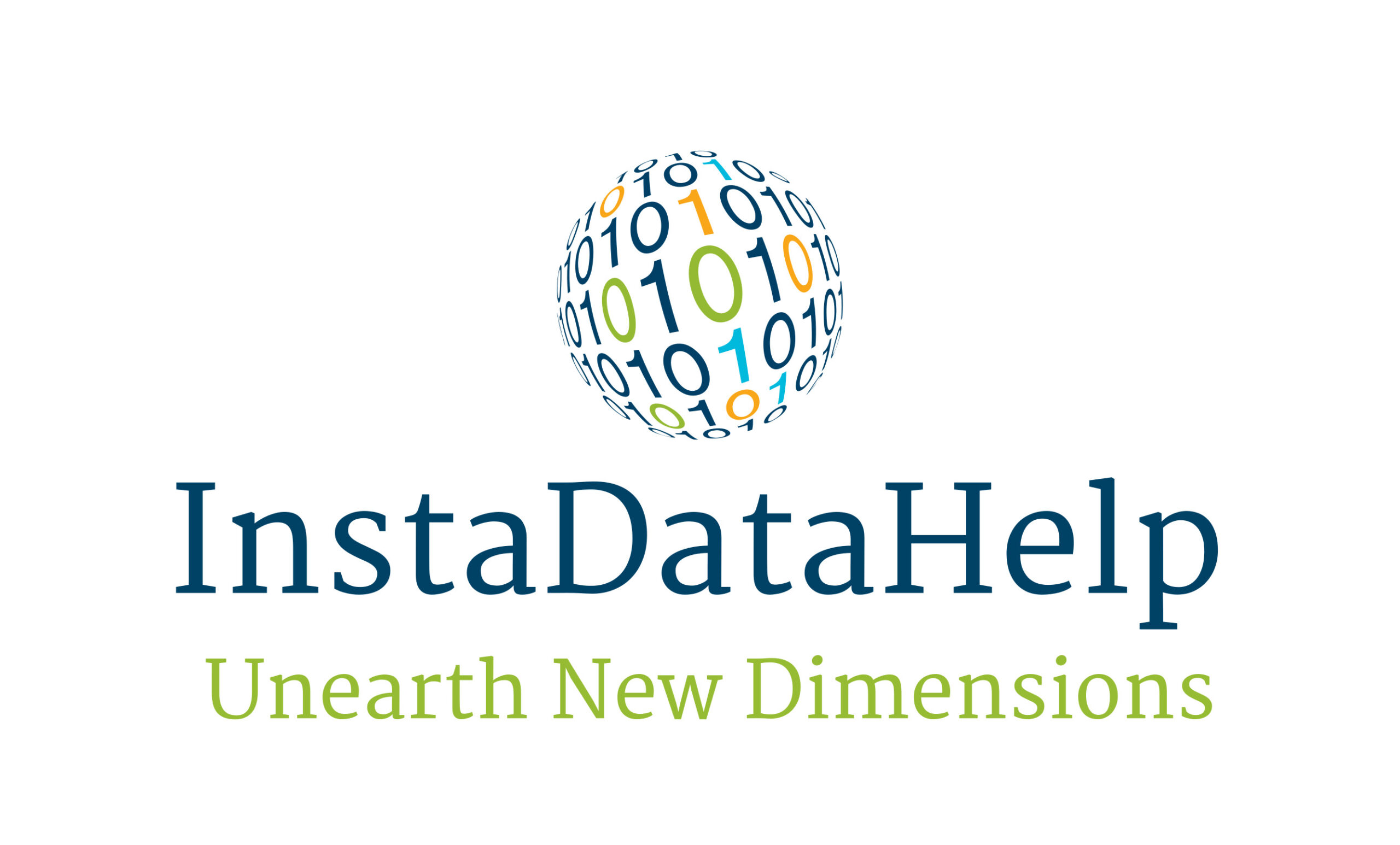Harnessing the Potential of Big Data: How Data Analysis is Transforming Businesses
Introduction
In today’s digital age, businesses are generating an unprecedented amount of data. From customer transactions to social media interactions, every action leaves a digital footprint. This vast amount of data, known as big data, holds immense potential for businesses to gain valuable insights and make informed decisions. However, the true power of big data lies in its analysis. Data analysis is the process of examining, cleaning, transforming, and modeling data to discover useful information, draw conclusions, and support decision-making. In this article, we will explore how data analysis is transforming businesses and discuss the various techniques and tools used to harness the potential of big data.
The Importance of Data Analysis in Business
Data analysis plays a crucial role in businesses across various industries. By analyzing data, businesses can gain insights into customer behavior, market trends, and operational efficiency. These insights enable businesses to make data-driven decisions, optimize processes, and gain a competitive edge. Without data analysis, businesses would be left in the dark, relying on intuition and guesswork rather than evidence-based decision-making.
Customer Behavior Analysis
One of the most significant applications of data analysis in business is customer behavior analysis. By analyzing customer data, businesses can gain insights into their preferences, purchasing patterns, and needs. This information allows businesses to personalize their marketing efforts, tailor product offerings, and improve customer satisfaction. For example, e-commerce giant Amazon uses data analysis to recommend personalized product suggestions to its customers based on their browsing and purchase history. This targeted approach has significantly contributed to Amazon’s success and customer loyalty.
Market Trend Analysis
Data analysis also enables businesses to analyze market trends and identify emerging opportunities. By analyzing market data, businesses can understand consumer preferences, competitor strategies, and market dynamics. This information helps businesses adapt their products, services, and marketing strategies to meet changing market demands. For instance, ride-hailing companies like Uber and Lyft use data analysis to identify areas with high demand and deploy drivers accordingly. This real-time analysis allows them to optimize their operations and provide efficient services to their customers.
Operational Efficiency Optimization
Data analysis is also instrumental in optimizing operational efficiency. By analyzing operational data, businesses can identify bottlenecks, inefficiencies, and areas for improvement. This information enables businesses to streamline processes, reduce costs, and enhance productivity. For example, manufacturing companies use data analysis to monitor equipment performance, predict maintenance needs, and optimize production schedules. This proactive approach minimizes downtime, reduces maintenance costs, and maximizes overall operational efficiency.
Techniques and Tools for Data Analysis
To harness the potential of big data, businesses employ various techniques and tools for data analysis. Here are some commonly used techniques:
1. Descriptive Analysis: Descriptive analysis involves summarizing and presenting data in a meaningful way. This technique helps businesses understand the current state of affairs and identify patterns and trends.
2. Predictive Analysis: Predictive analysis uses historical data to make predictions about future events or outcomes. This technique helps businesses anticipate customer behavior, market trends, and potential risks.
3. Prescriptive Analysis: Prescriptive analysis goes beyond predicting outcomes and provides recommendations on how to achieve desired outcomes. This technique helps businesses optimize decision-making and identify the best course of action.
4. Machine Learning: Machine learning is a subset of artificial intelligence that enables computers to learn from data and make predictions or take actions without being explicitly programmed. This technique is particularly useful for analyzing large datasets and identifying complex patterns.
In addition to these techniques, businesses utilize various tools and technologies for data analysis. Some popular tools include:
1. Data Visualization Tools: Data visualization tools help businesses present data in a visual format, making it easier to interpret and understand. Examples of data visualization tools include Tableau, Power BI, and QlikView.
2. Statistical Analysis Tools: Statistical analysis tools enable businesses to perform complex statistical calculations and tests on their data. Examples of statistical analysis tools include SPSS, SAS, and R.
3. Data Mining Tools: Data mining tools help businesses discover patterns and relationships in large datasets. Examples of data mining tools include RapidMiner, KNIME, and Weka.
Conclusion
Data analysis is transforming businesses by enabling them to harness the potential of big data. By analyzing customer behavior, market trends, and operational efficiency, businesses can make informed decisions, optimize processes, and gain a competitive edge. The various techniques and tools for data analysis, such as descriptive analysis, predictive analysis, prescriptive analysis, and machine learning, provide businesses with valuable insights and recommendations. As businesses continue to generate more data, the importance of data analysis will only increase, making it a critical skill for success in the digital era.



Recent Comments